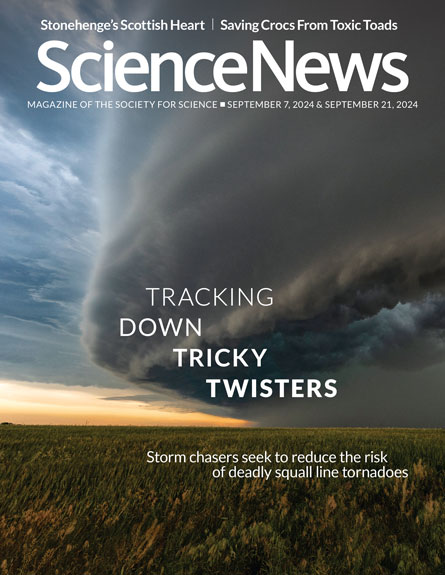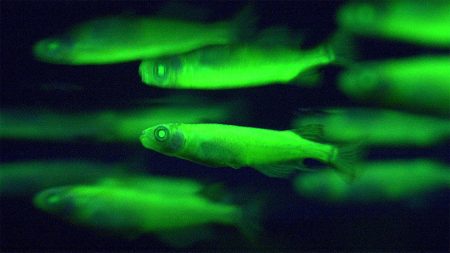Research suggests that Stonehenge’s central stone, the Altar Stone, may have originated in Scotland, indicating long-distance connections during the Late Neolithic period. While some speculate that a glacier could have transported the stone from Scotland to southern England, it is considered unlikely based on glacial movement patterns. Additionally, there is little evidence of glacial erratics from Scotland near Stonehenge, further challenging the glacier transport theory.
A recent study proposes that cloud-forming aerosols might be generated during stratospheric air intrusion events caused by Earth’s jet streams, impacting cloud formation. This mechanism involves the mixing of stratospheric ozone with tropospheric moisture catalyzed by sunlight, resulting in increased production of free hydroxyl radicals that can form cloud condensation nuclei. While this process is still not fully understood, the study suggests that stratospheric air intrusion events could be a significant source of cloud nuclei.
An analysis of the chemical composition of the asteroid that led to the extinction of dinosaurs indicates that it may have originated from beyond Jupiter. This finding prompted a discussion about Jupiter’s role in protecting Earth from asteroid impacts. While Jupiter’s gravitational pull can influence the orbits of nearby objects, its impact on shielding Earth from impacts is not definitive. Some studies suggest that Jupiter may deflect asteroids away from Earth, while others propose that it could potentially increase the risk of collisions by redirecting objects towards the inner solar system.
The interaction between chemical processes in the atmosphere and meteorological phenomena plays a crucial role in cloud formation. The formation of cloud condensation nuclei is linked to tiny particles that water droplets condense onto, a process that can involve convective clouds carrying particles from the Earth’s surface into the atmosphere. The study indicating a connection between stratospheric air intrusion events and cloud formation introduces a new chemical process involving ozone from the stratosphere and tropospheric moisture catalyzed by sunlight.
Overall, these studies highlight the intricate interconnectedness of geological and atmospheric processes that shape our planet’s climate and environment. From the origins of ancient stones at Stonehenge to the influence of Jupiter on asteroid impacts and the role of chemical reactions in cloud formation, scientific research continues to unravel the mysteries of Earth’s past and present.















